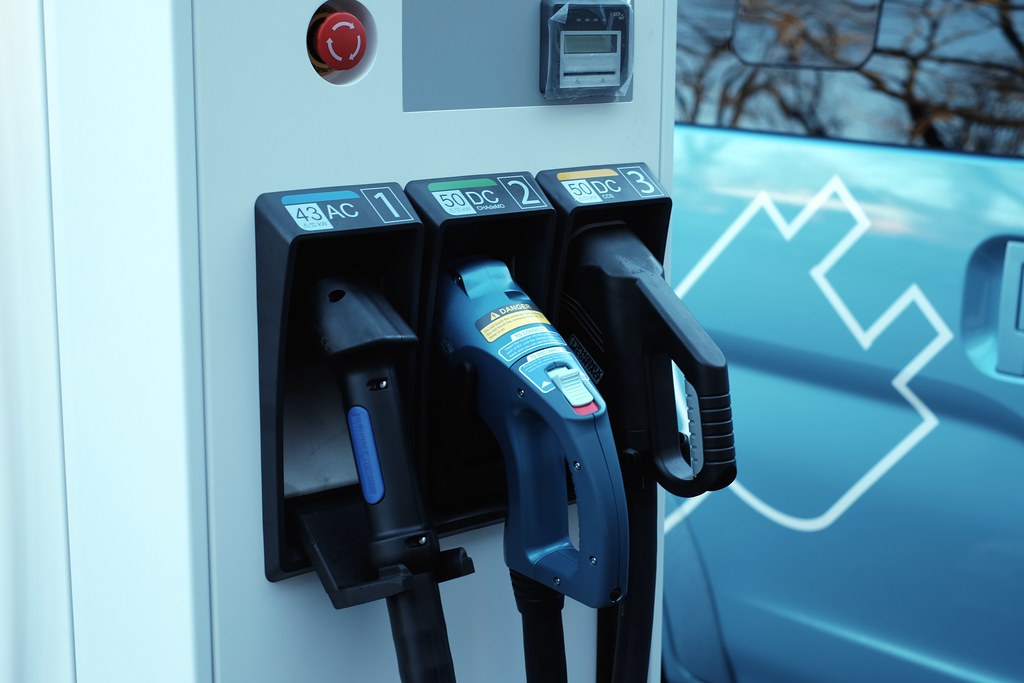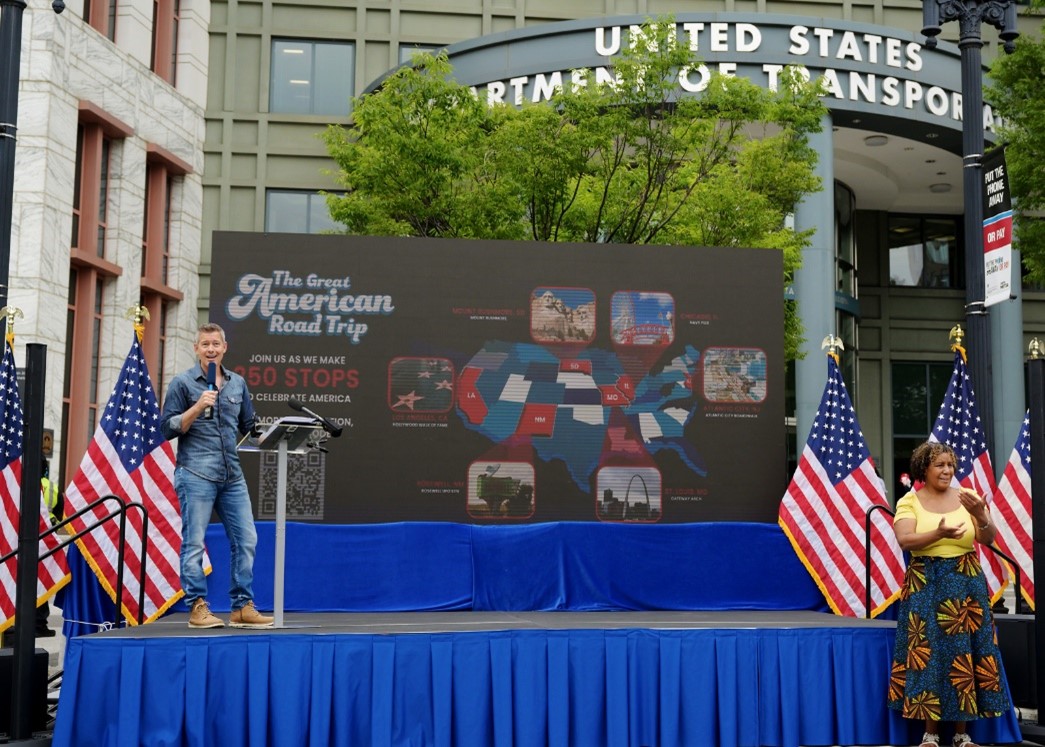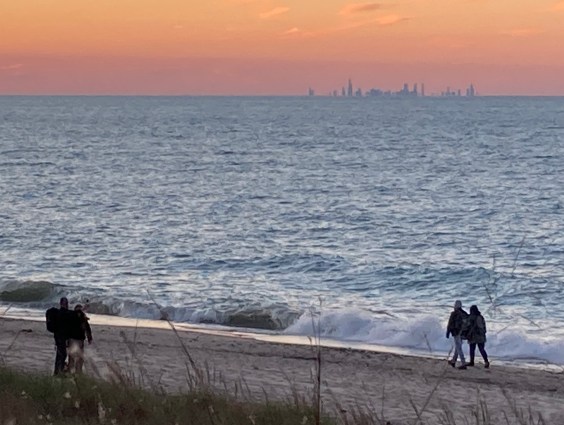 Public support for increasing the federal gas tax rises if revenues will be spent to combat global warming. Graphic: Mineta Transportation Institute
Public support for increasing the federal gas tax rises if revenues will be spent to combat global warming. Graphic: Mineta Transportation InstituteLast week, USA Today reported rather gleefully that the U.S. gas tax has never been lower. Having remained unchanged at 18.4 cents per gallon since 1993, American drivers are now paying half as much in inflation-adjusted gas taxes, per 1,000 miles driven, that they did in 1975. We can pretty much forget about investing in new and expanded transit systems -- or even just holding up our bridges -- as long as this is the case.
USA Today also cited a recent national survey by the Mineta Transportation Institute, which pegged public support for a 10-cent gas tax increase at a paltry 23 percent. Thanks to a post from Streetsblog Network member TrailBlog, penned by Steve Schweigerdt of the Rails to Trails Conservancy, we have a more complete -- and interesting -- picture of what this survey actually revealed. Schweigert reports from a recent panel discussion about the survey:
A couple key points from the survey were that:
- Linking transportation tax to environmental benefits will increase support, specifically if the tax helps address global warming.
- Support for gas taxes can be significantly increased with good program design.
The panelists portrayed the gas tax increase as a needed short-term fix, but a restructuring of transportation financing is necessary for long-term investment in the system. William Millar [of the American Public Transit Association] reminded the audience that we shouldn't assume that the way things are can never change. We spent the last 60 years building the system we have, he said, and we can spend the next 60 building a better system.
You can download the survey results here. Of particular note: Support for the 10-cent gas tax hike rose to 42 percent if the revenue would be spent to reduce global warming. The survey also gauged public opinion on a mileage tax, finding that support increased from 21 percent to 33 percent if the rate would vary according to the fuel efficiency of the vehicle.
Tellingly, Americans seem more willing to tax everything they purchase than to pay for transportation infrastructure by taxing driving: A half-cent national sales tax enjoyed the highest support of all the options given, at 43 percent.
But the big takeaway from the Mineta survey is that a national gas tax hike gains support if you make a strong case for how the revenue will be spent. Should some national political figure come along and deliver a compelling public message that we need to raise the gas tax to invest in cleaner, more efficient transportation, move us away from oil addiction, and keep our existing infrastructure from falling apart, who knows, maybe you could break the 50 percent threshold.
Of course, seeing as how most Americans mistakenly already think the gas tax goes up regularly, and gas prices have fluctuated within a 24-cent range in just the last three months, you could also reach the conclusion espoused in this classic Infrastructurist post: Just raise the g-dd-mned gas tax already.





